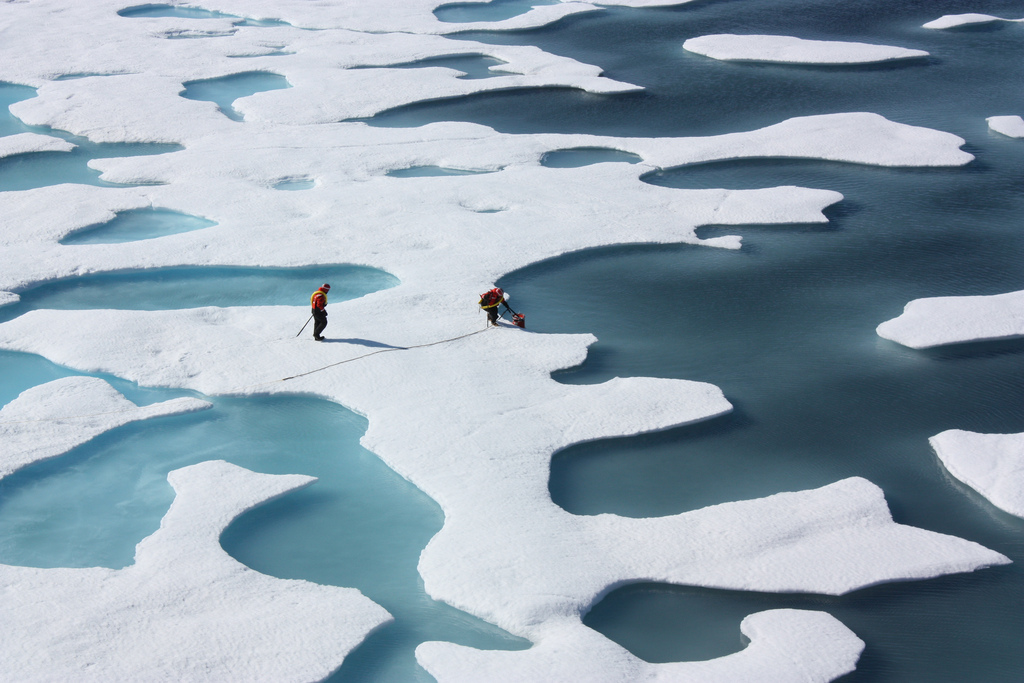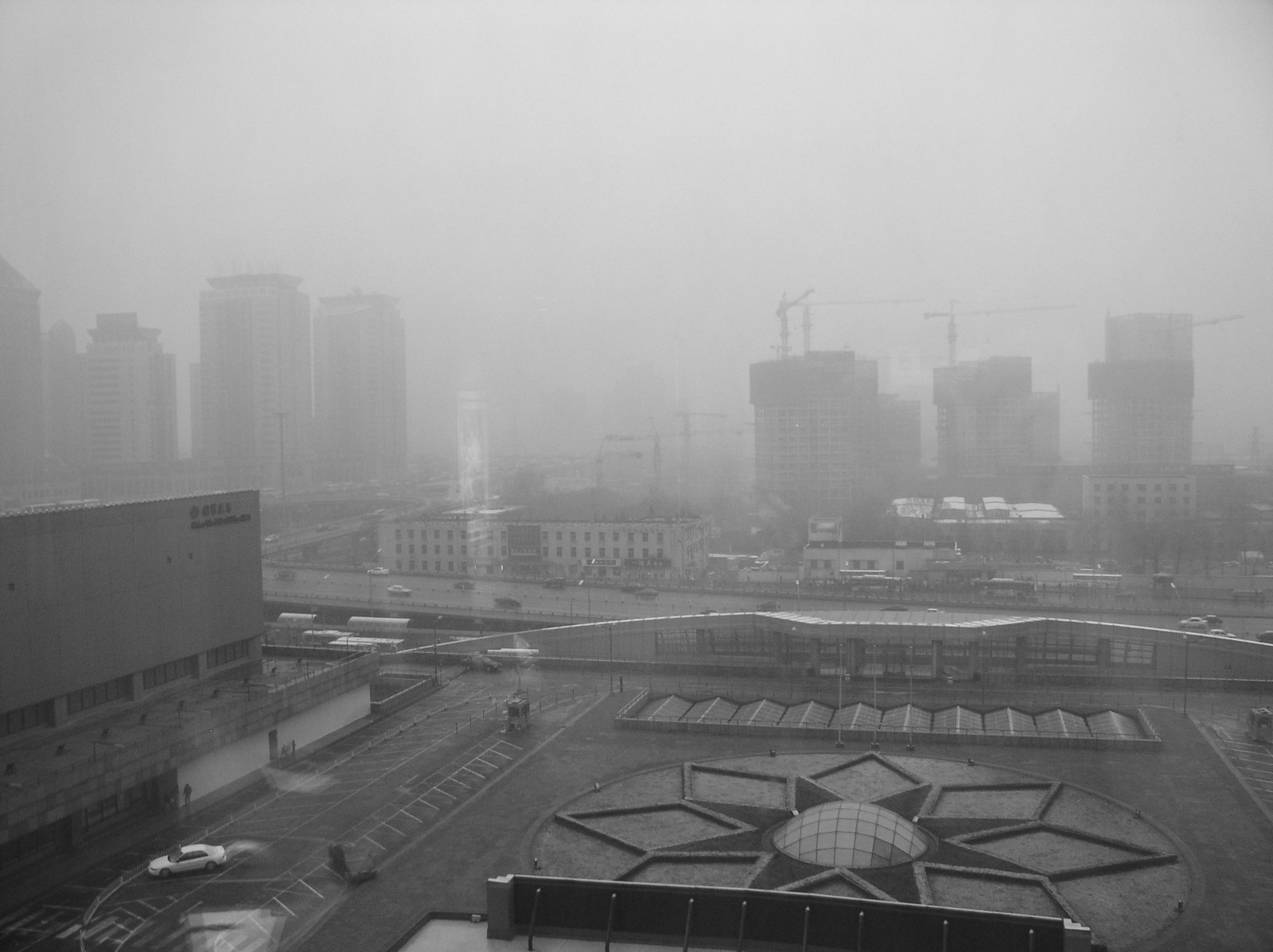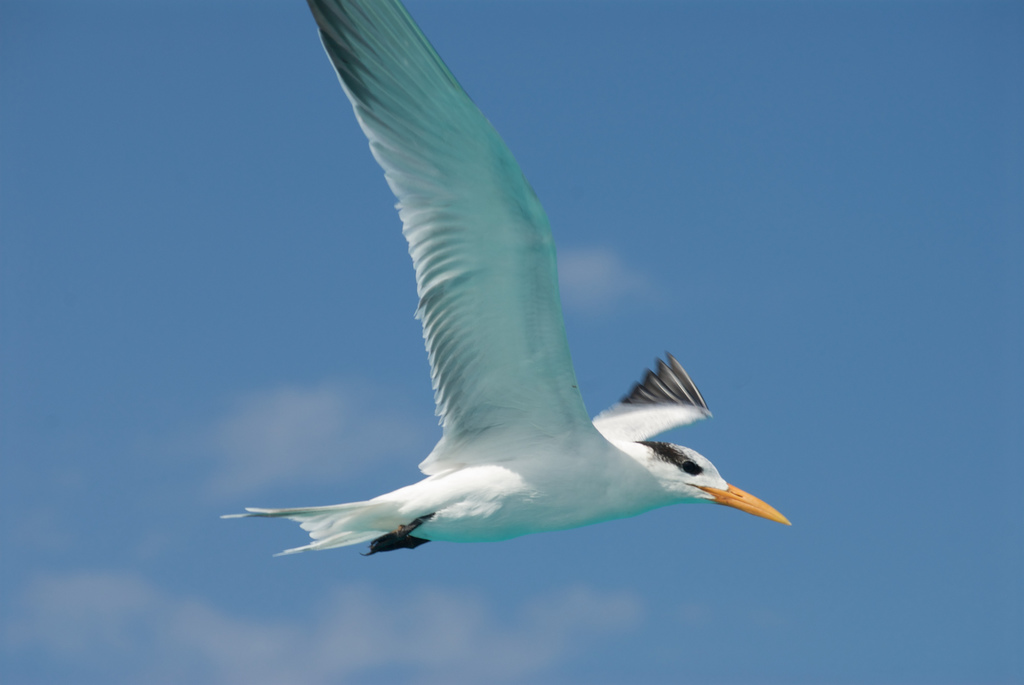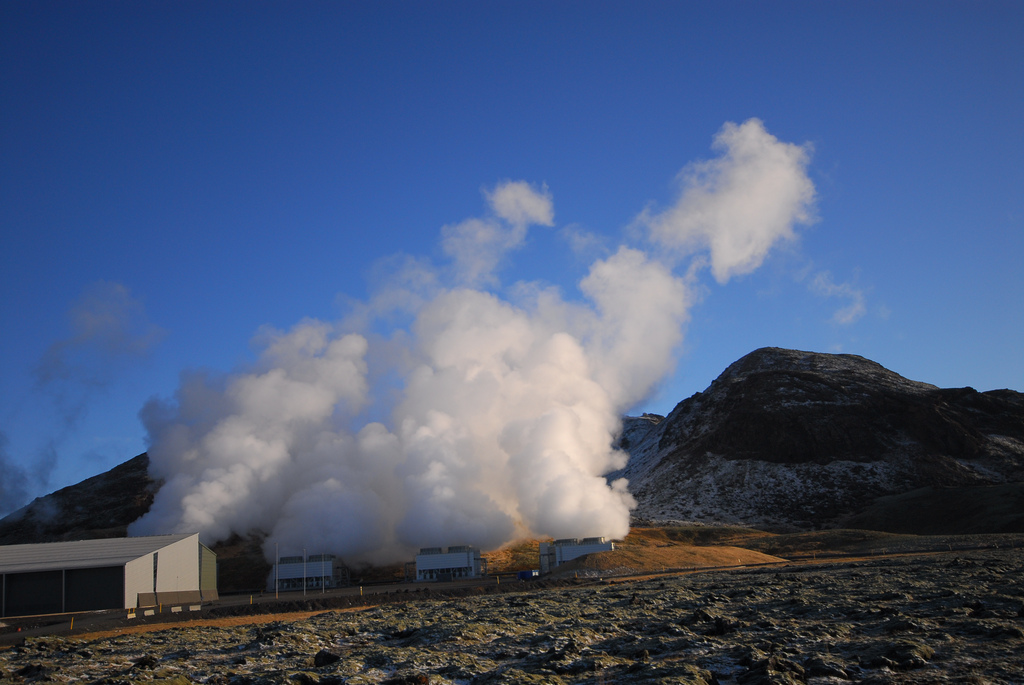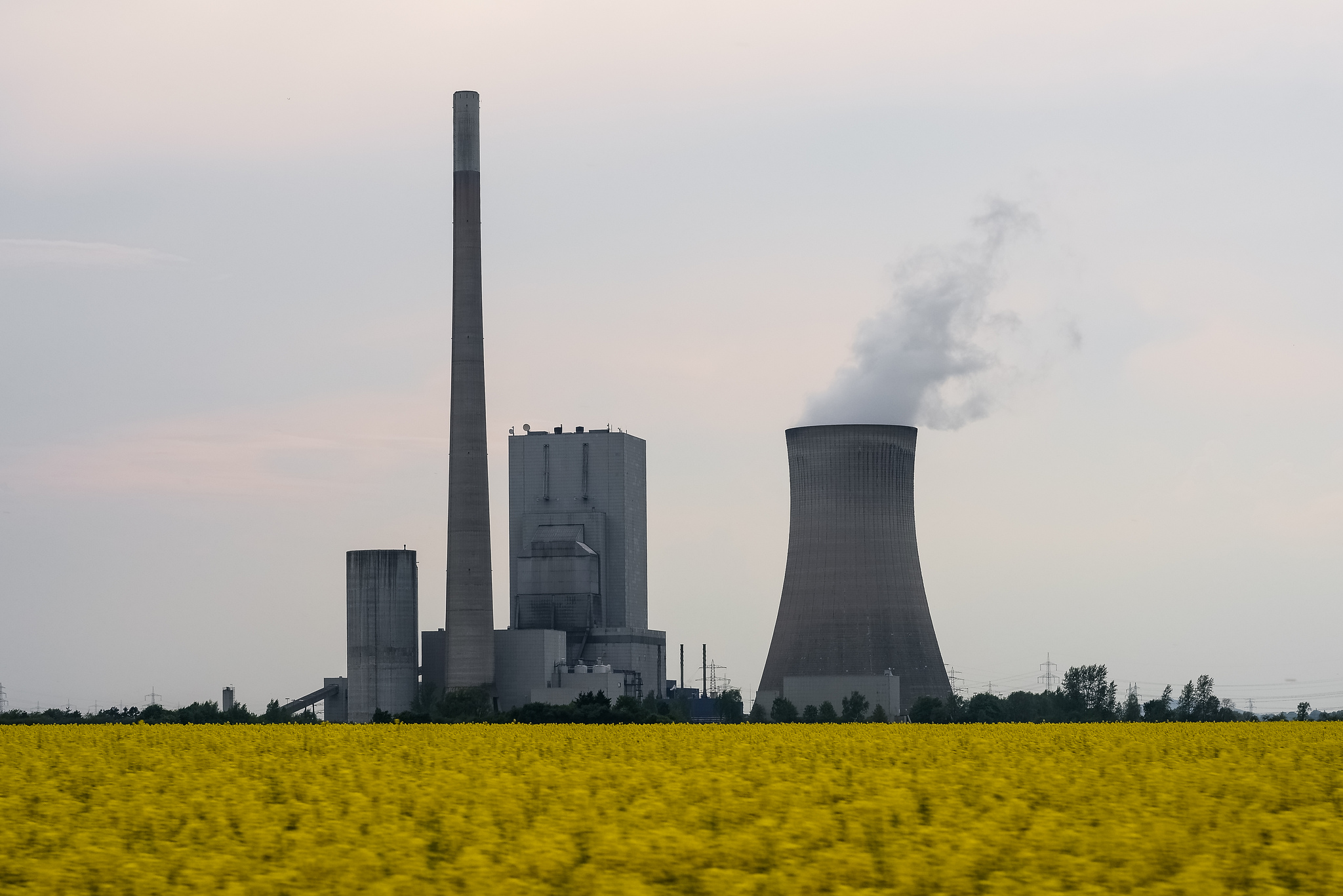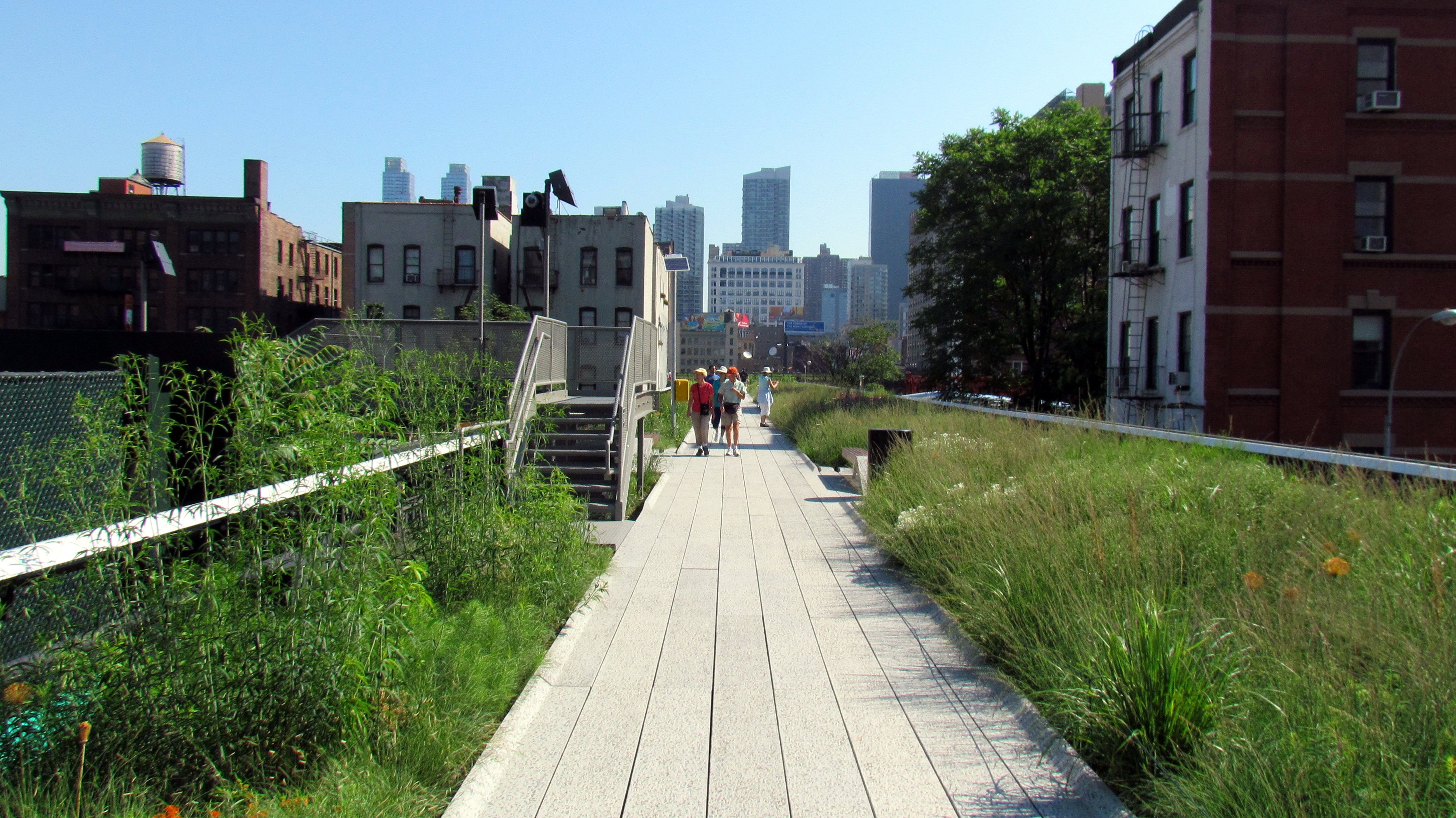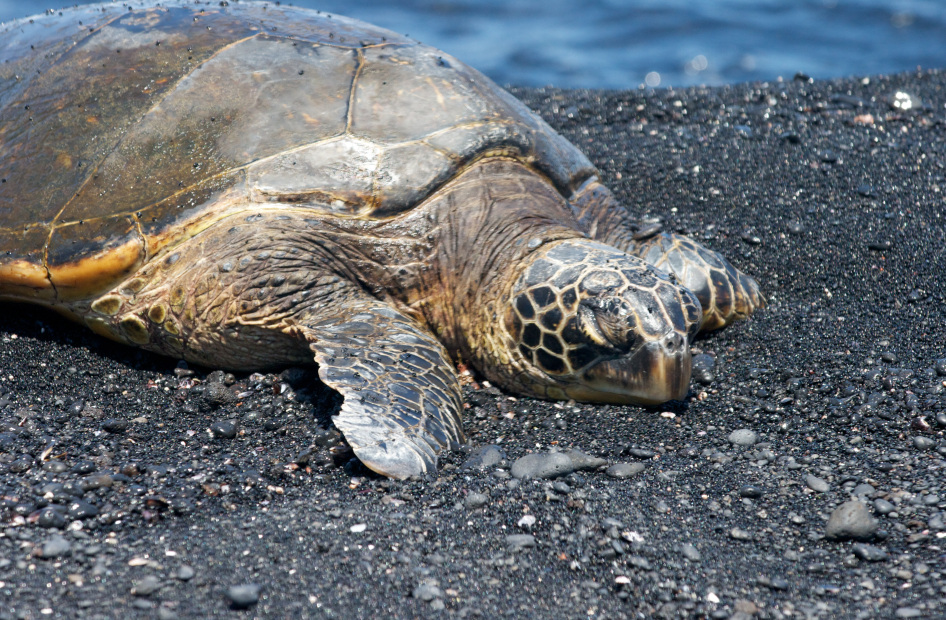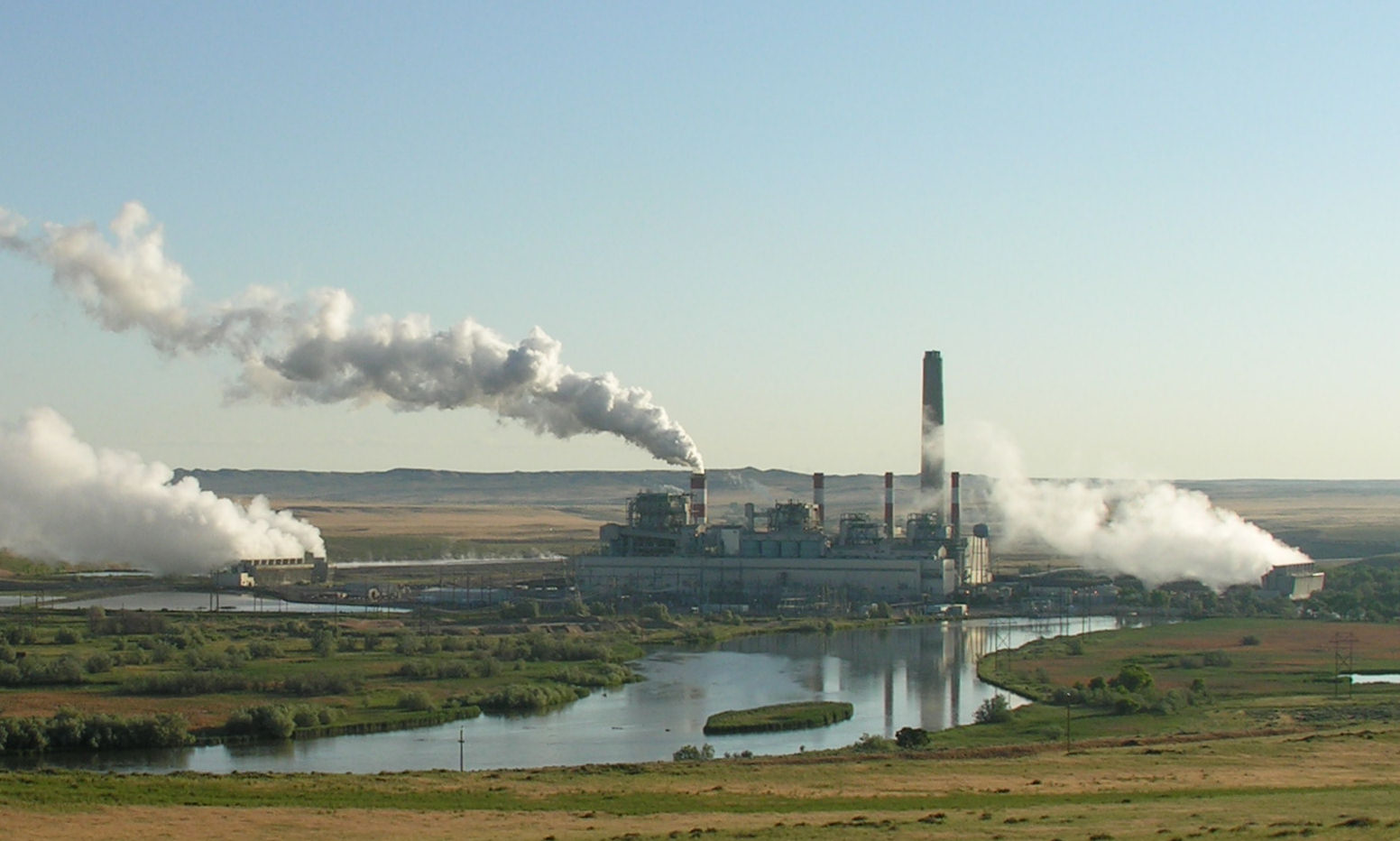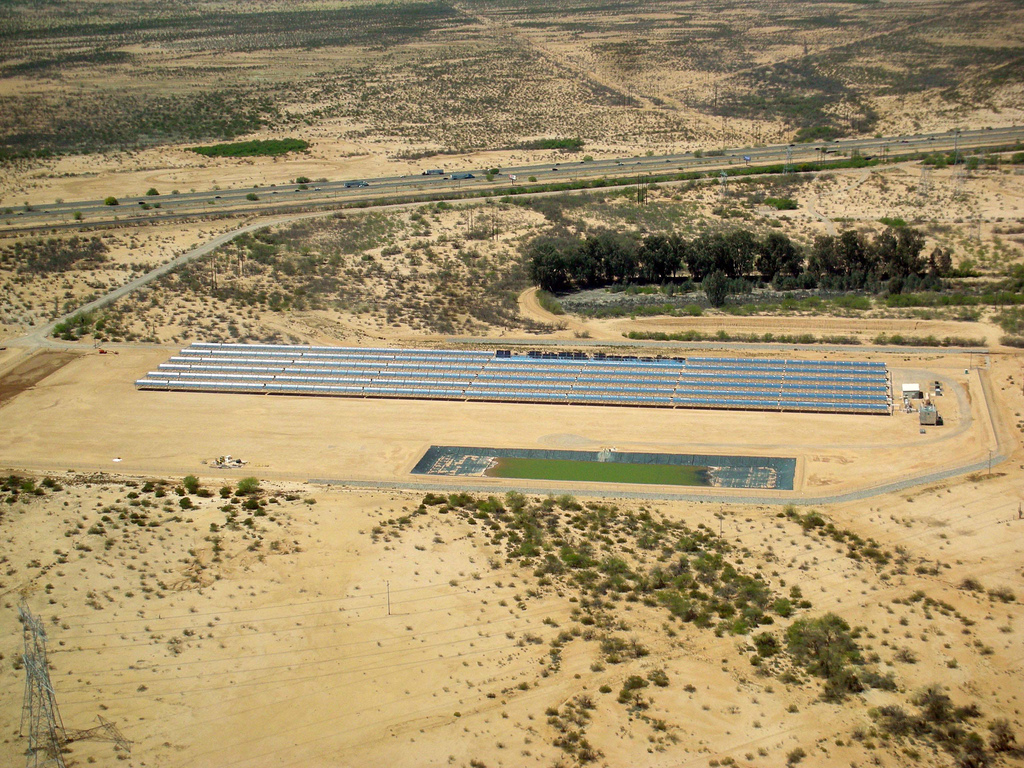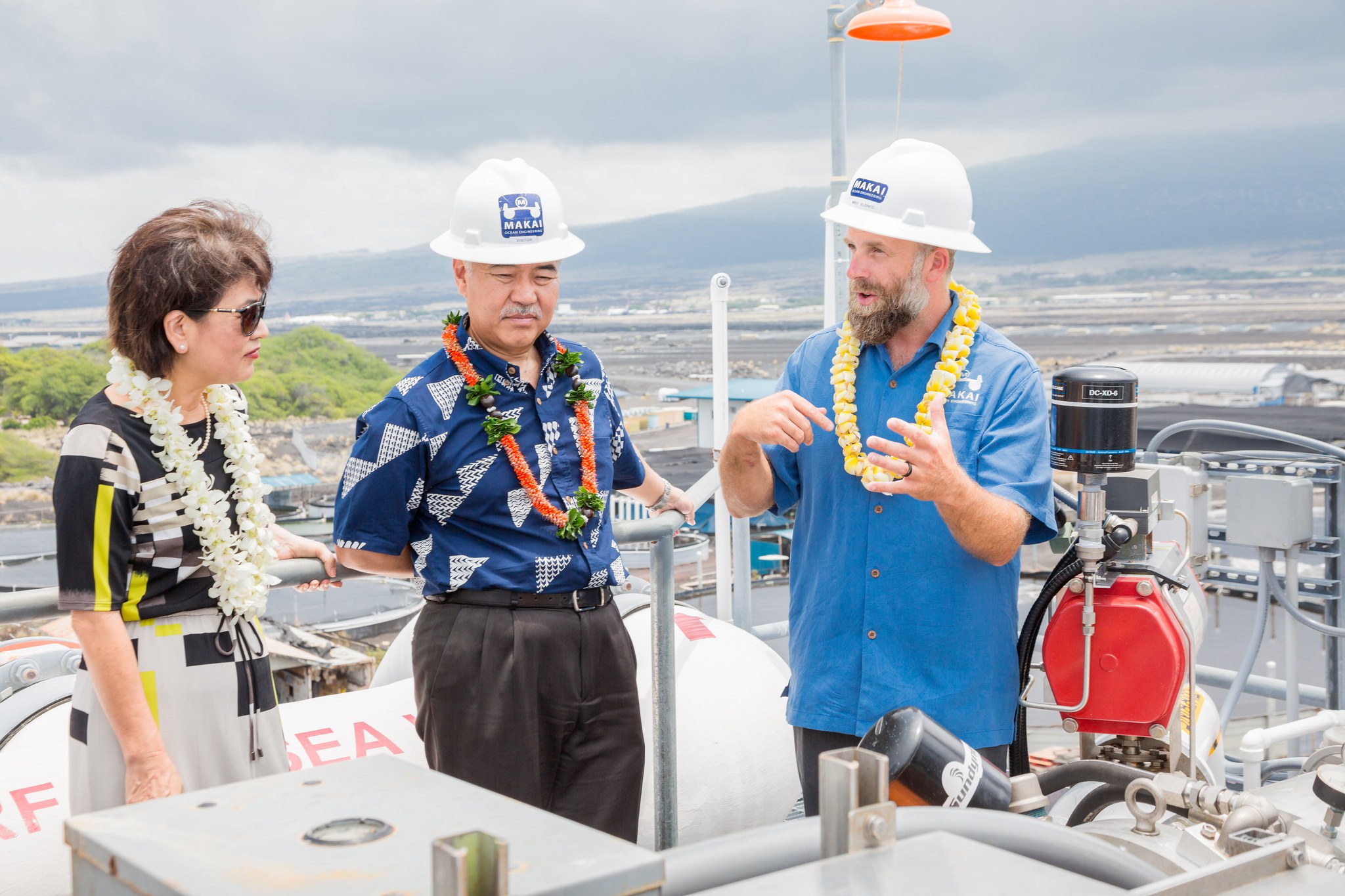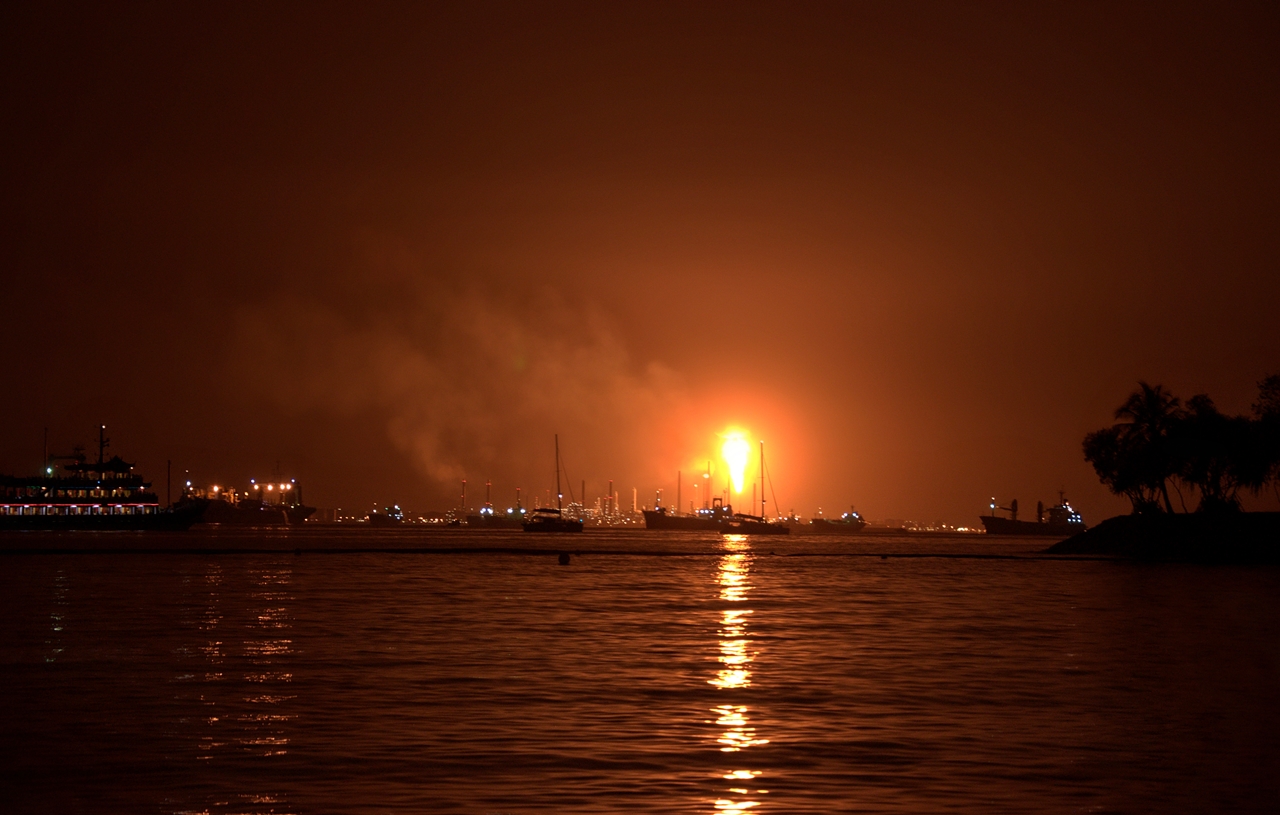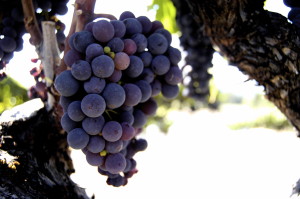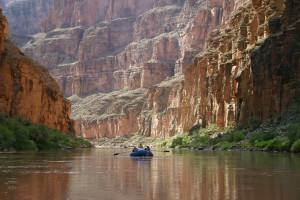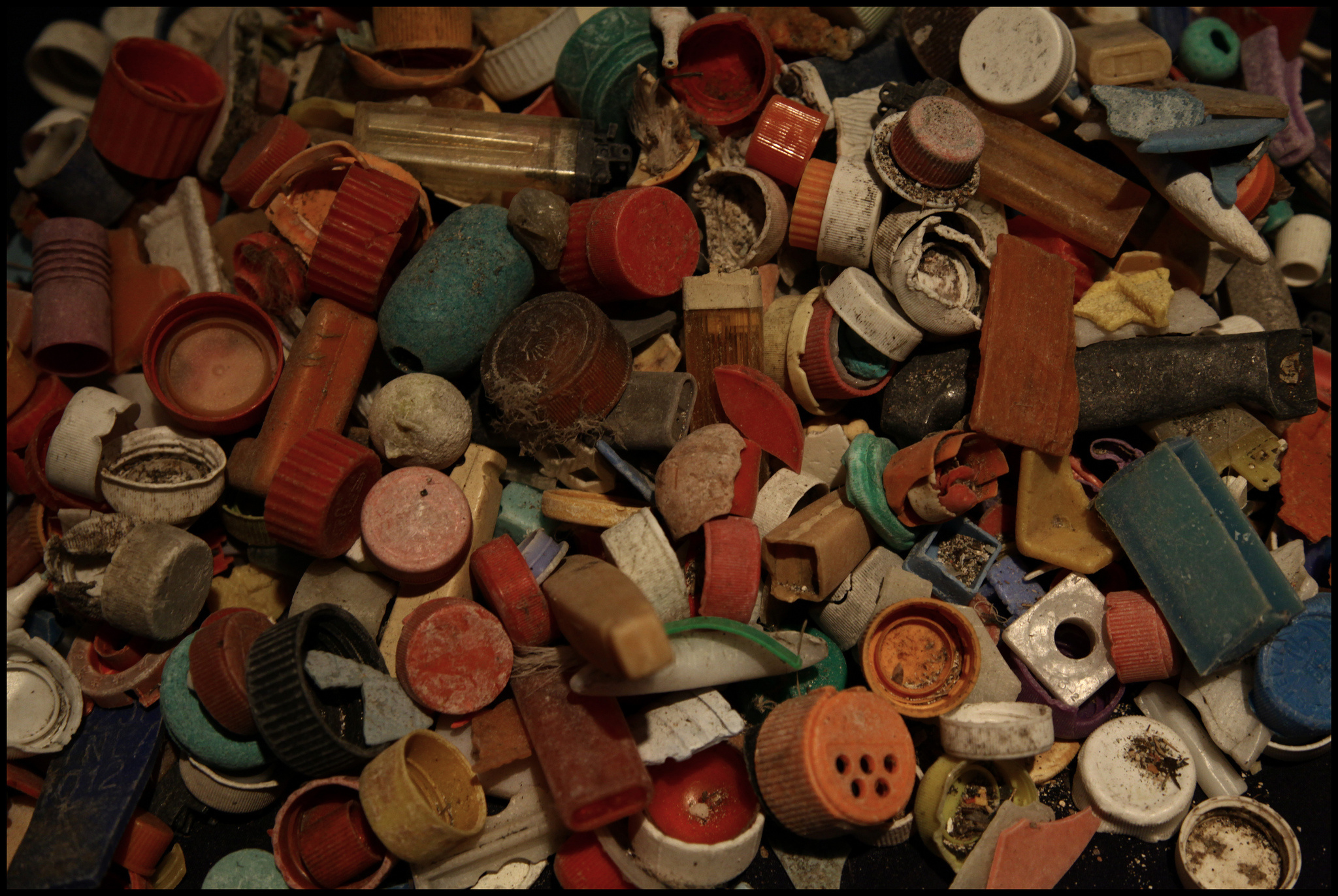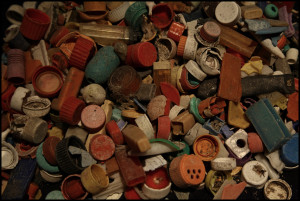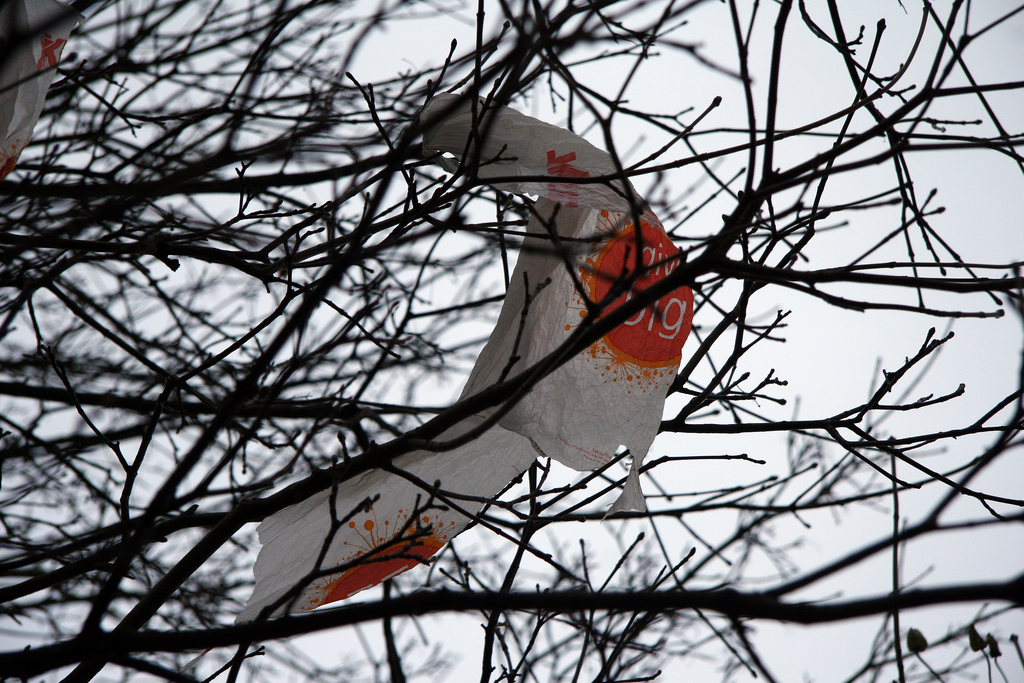Sustainable Living
Locked In A Pattern Of Arctic Ice Loss
There is no dry land at the North Pole and under much of the Arctic ice pack. There, the ocean is covered with sea ice. When this ice melts, it does not cause a rise in sea level, the same way ice cubes melting in your water glass don’t cause it to overflow.
Killer Air
Globally, air pollution kills 3.3 million people per year. And this number could double to 6.6 million people by 2050 if little is done to decrease the dangerous levels of tiny particles, toxins, and ozone in the air.
Seabirds In Trouble
Bad news for seabirds. New research out of the University of British Columbia shows that their populations have declined by a staggering 70% since 1950. This finding is troubling on multiple levels, as seabird populations tend to be good indicators of marine ecosystem health.
Cities Abandoning Fossil Fuels
Around the world, cities are trying to combat climate change by shifting their energy needs away from coal, oil and natural gas. Some, like Reykjavik and Zurich, use no fossil fuels to produce power at all; others are still planning cutbacks.
Implications of a Thousand
The first Earth Wise broadcast was on January 2, 2012. Today marks the 1000th story we have presented to you, which is cause for celebration.
Halloween Face Paint: It’s Scary Stuff
The carefree nature of Halloween has made the holiday a favorite among children and the young-at-heart. It’s a day when fantasy can be indulged. Collectively, Americans spend billions of dollars adorning stoops with Jack-o-Lanterns, filling candy bowls with treats, and transforming themselves into zombies, witches, and other creations.
Planning Cooler Cities
Anyone who has walked the streets of New York City or Washington, D.C. on a stifling summer day can attest to the fact that cities feel hotter. It’s not a matter of perception.
Sea Turtles Making A Comeback
One of the great pleasures of a tropical vacation is the opportunity to swim alongside sea turtles. These large aquatic reptiles go about their business munching on ocean plants paying little attention to the captivated snorkelers in their midst.
Coal Subsidies
Coal is the most important energy source for the Chinese economy and in a number of other places around the world. It is still the largest source of electricity in the US. It is also one of the main reasons that greenhouse gas emissions continue to increase despite worldwide technological progress and the expansion of renewable energy. New coal plants are still planned in many places and such plants will emit carbon dioxide for decades.
The Trouble With Sustainability
Since its inception, sustainability has been human-centric. It came into vogue in 1987, with the publication of a UN report called Our Common Future, which defined sustainable development as: “Development that meets the needs of the present without compromising the ability of future generations to meet their own needs.”
New Places For Solar Power
The modern face of solar energy is hundreds of thousands of rooftops covered with arrays of solar panels. It is also amazing expanses of solar panels and mirrors covering acres of desert land. Solar power capacity is expanding rapidly and is expected to at least triple over the next 10 years.
OTEC In Hawaii
The state of Hawaii has a bold energy agenda: it plans to get 100% of its energy from renewable sources by the year 2045. In order to get there, Hawaii is embracing a diversified mix of renewable energy generation sources. Of course, Hawaii’s famous sunshine has allowed the state to have the highest per-capital base of installed solar power in the nation. But it will take more than just solar power for Hawaii to get all of its energy from green sources.
Reducing Methane In The Atmosphere
Methane is the main component of natural gas. It is also a potent greenhouse gas, having 25 times the heat trapping ability of carbon dioxide.
Breeding Super Corals
The world’s coral reefs are increasingly threatened by the changing climate. Both warmer ocean temperatures and increasing ocean acidification are damaging coral populations and endangering the very existence of coral reefs.
Leave Leaves Alone
In natural ecosystems, there is little waste. Nutrients taken up by plants are returned to the soil when plants die and decompose. Food eaten by animals is excreted; at the end of their lives, animals are also returned to the soil. Ecologists call this nutrient loop a biogeochemical cycle.
Whine While You Can
There are lots of potential impacts associated with global climate change – shifts in the distribution of plants are among them. Most plant species are adapted to a range of climate conditions. If the climate changes, their habitat can shift as well. This is true for crop and forestry plants, as well as native species.
Mercury And Selenium Pollution In The Grand Canyon
The Grand Canyon Reach of the Colorado River is breathtaking and remote. For hundreds of miles, the rugged landscape renders the river virtually inaccessible to people. Those intrepid enough to explore the area are treated to red rocks, blue skies, and meandering waters.
[Read more…] about Mercury And Selenium Pollution In The Grand Canyon

